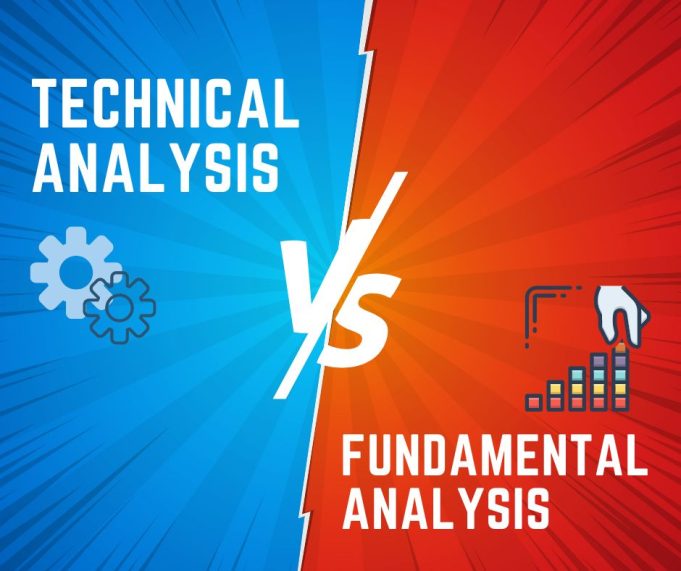Technical analysis (TA) is a widely utilized type of analysis used by traders and investors in traditional financial markets and the cryptocurrency market. It focuses on past price action in order to anticipate future market behavior. This approach emerged in the 17th century Amsterdam and the 18th century Japan and was brought to modernity with the work of Charles Dow, a financial journalist and founder of The Wall Street Journal.
How does TA work? The core of TA lies in the market forces of supply and demand, which is a representation of the overall market sentiment and is closely related to traders’ and investors’ emotions. It is more reliable in markets that have high liquidity and volume and is also dependent on a variety of charting tools, also known as indicators.
The most commonly used TA indicators are simple moving averages (SMA) and exponential moving averages (EMA), which look at moving averages based on a set time period. The relative strength index (RSI), a type of oscillator, looks at the range of 0 to 100. Bollinger Bands (BB) use two lateral bands around a moving average line to assess overbought and oversold market conditions. Stochastic RSI and the moving average convergence divergence (MACD) are some more complex indicators.
The aim of TA is to identify trends and generate entry and exit points. When using TA signals, though, traders must be aware that a significant amount of these are false and have a high risk of manipulation due to their fallibility. This risk is even higher in the smaller cryptocurrency markets.
Despite its popularity, TA has its critics, who consider it unreliable and a “self-fulfilling prophecy.” Members of this opposition point out that the market is too susceptible to external influences to be purely predictable. Comparatively, fundamental analysis (FA) looks at micro and macroeconomic factors that influence the value of an asset. While TA is employed by short-term traders and investors, FA is mostly used by long-term portfolio investors.
A combination of both TA and FA approaches is considered by many as the optimal choice, as both can provide useful insights into short-term and long-term market conditions. Ultimately, it is up to the user to decide which approach is more suitable for their own strategies.













